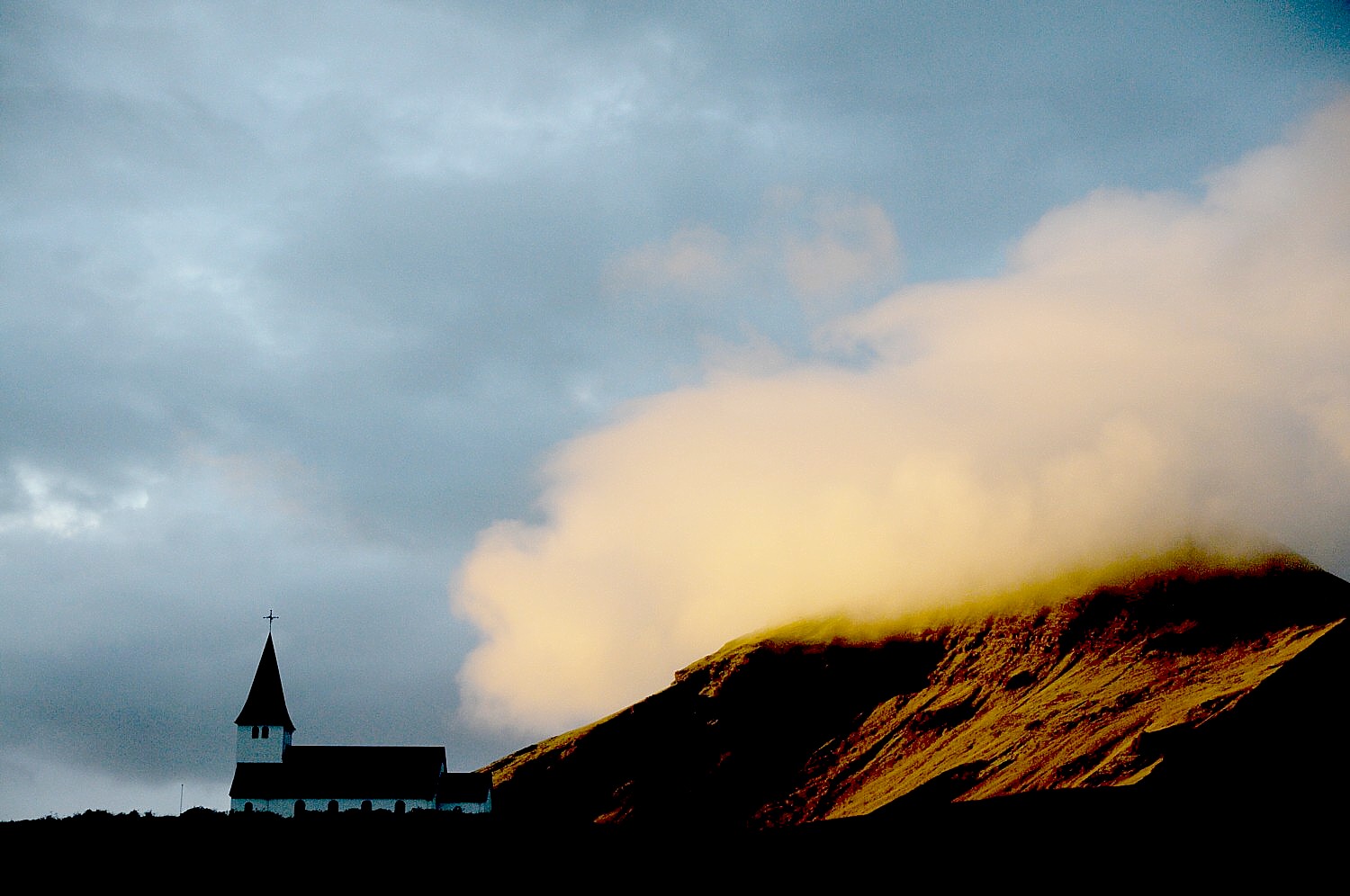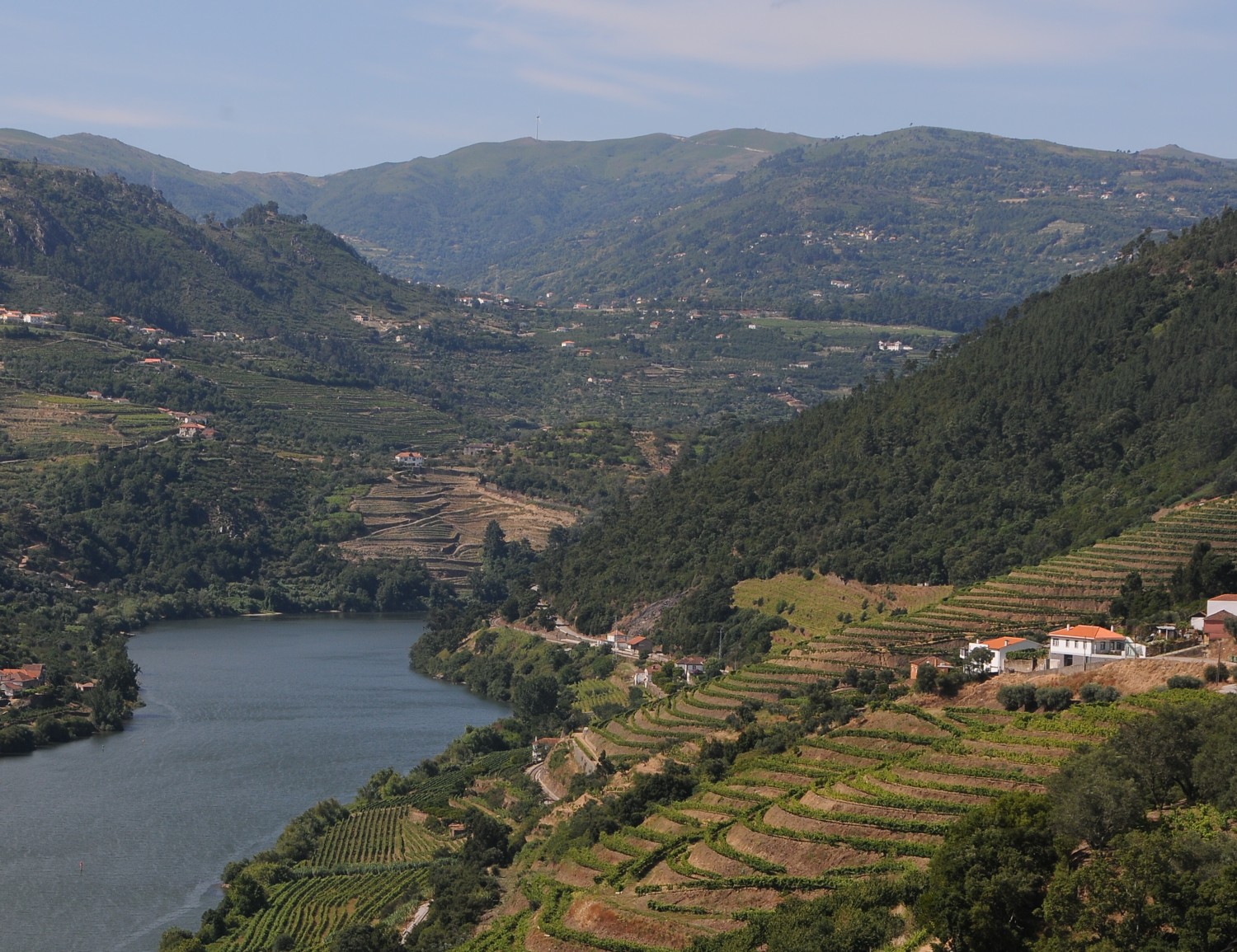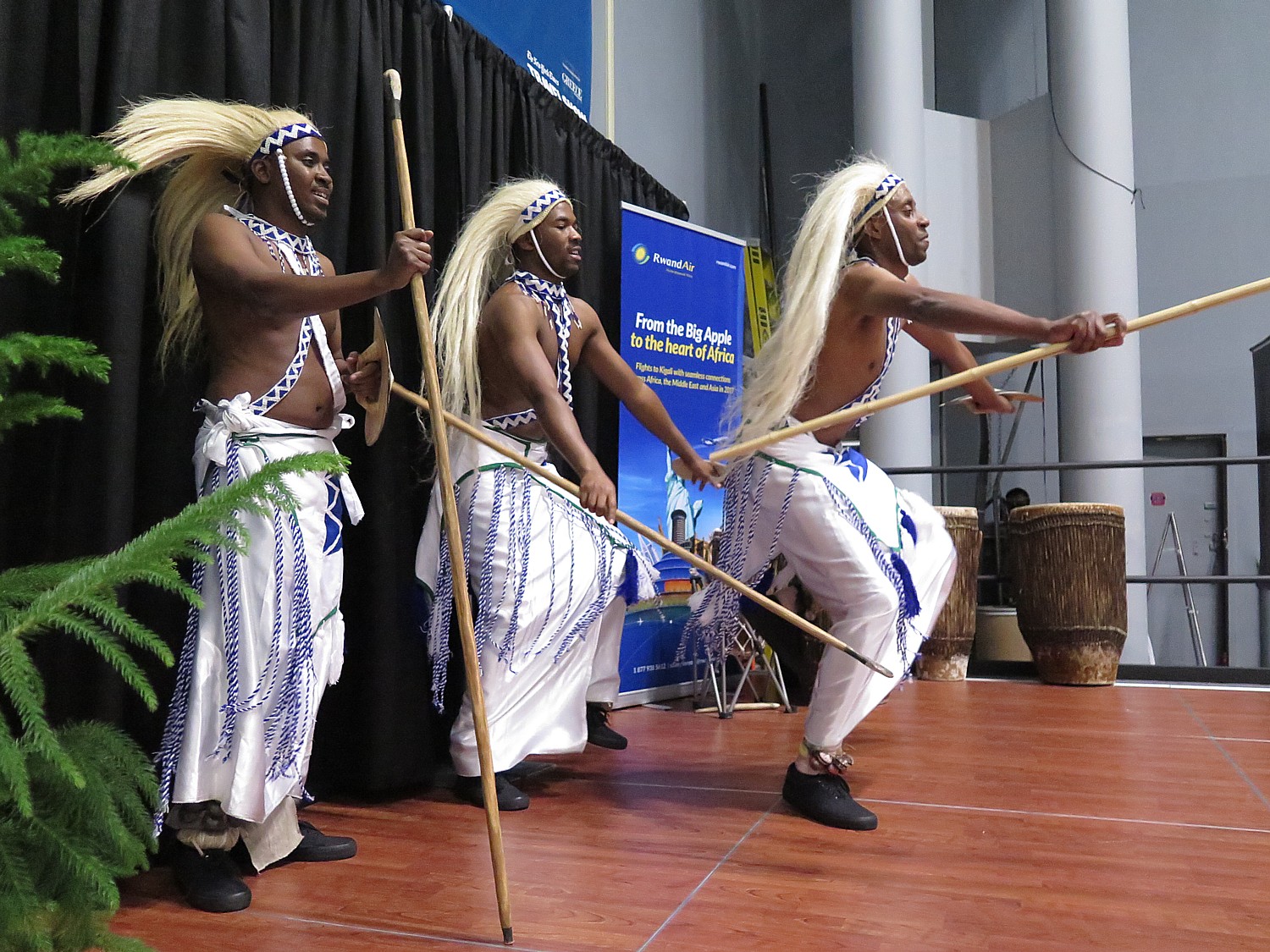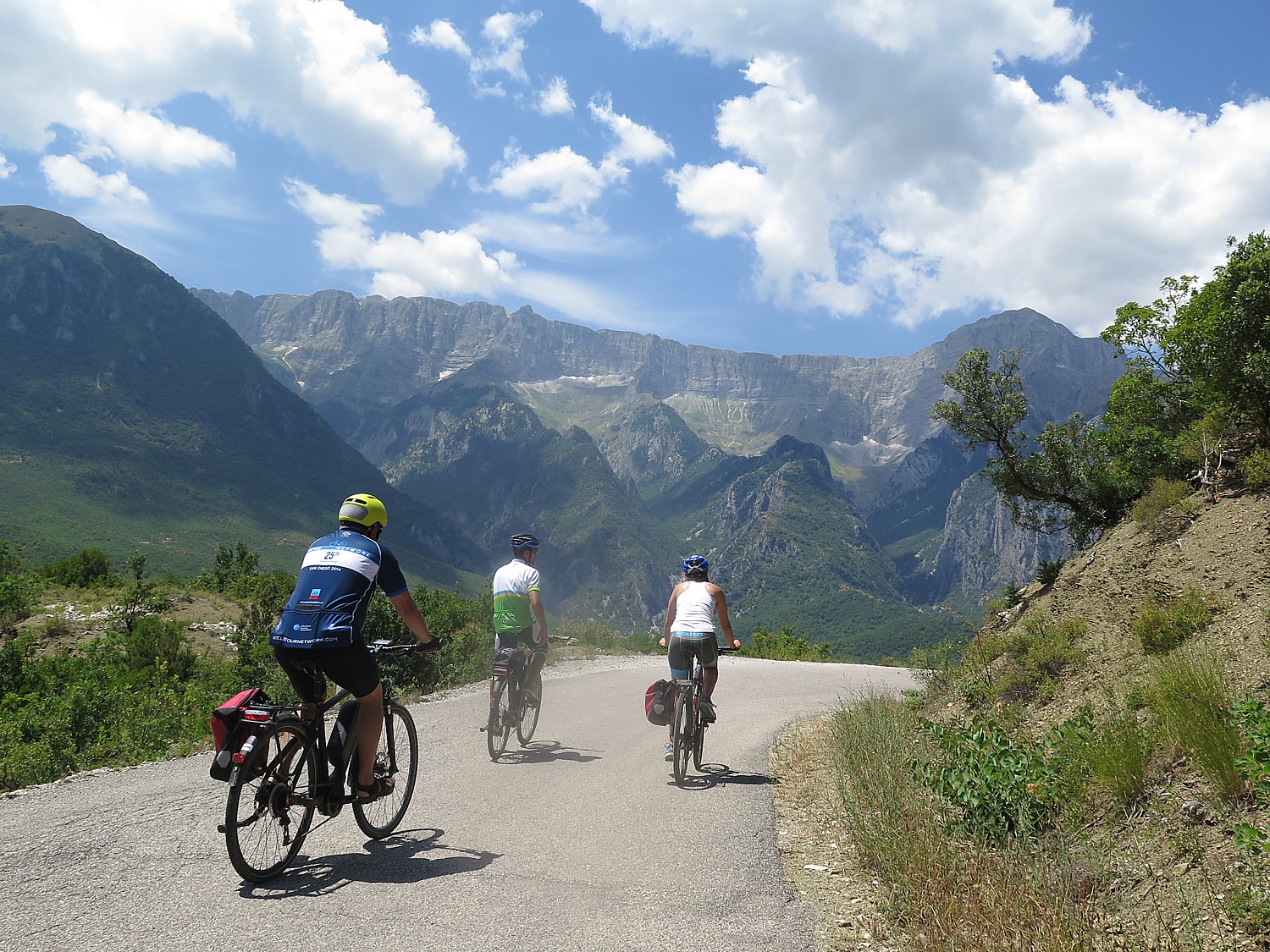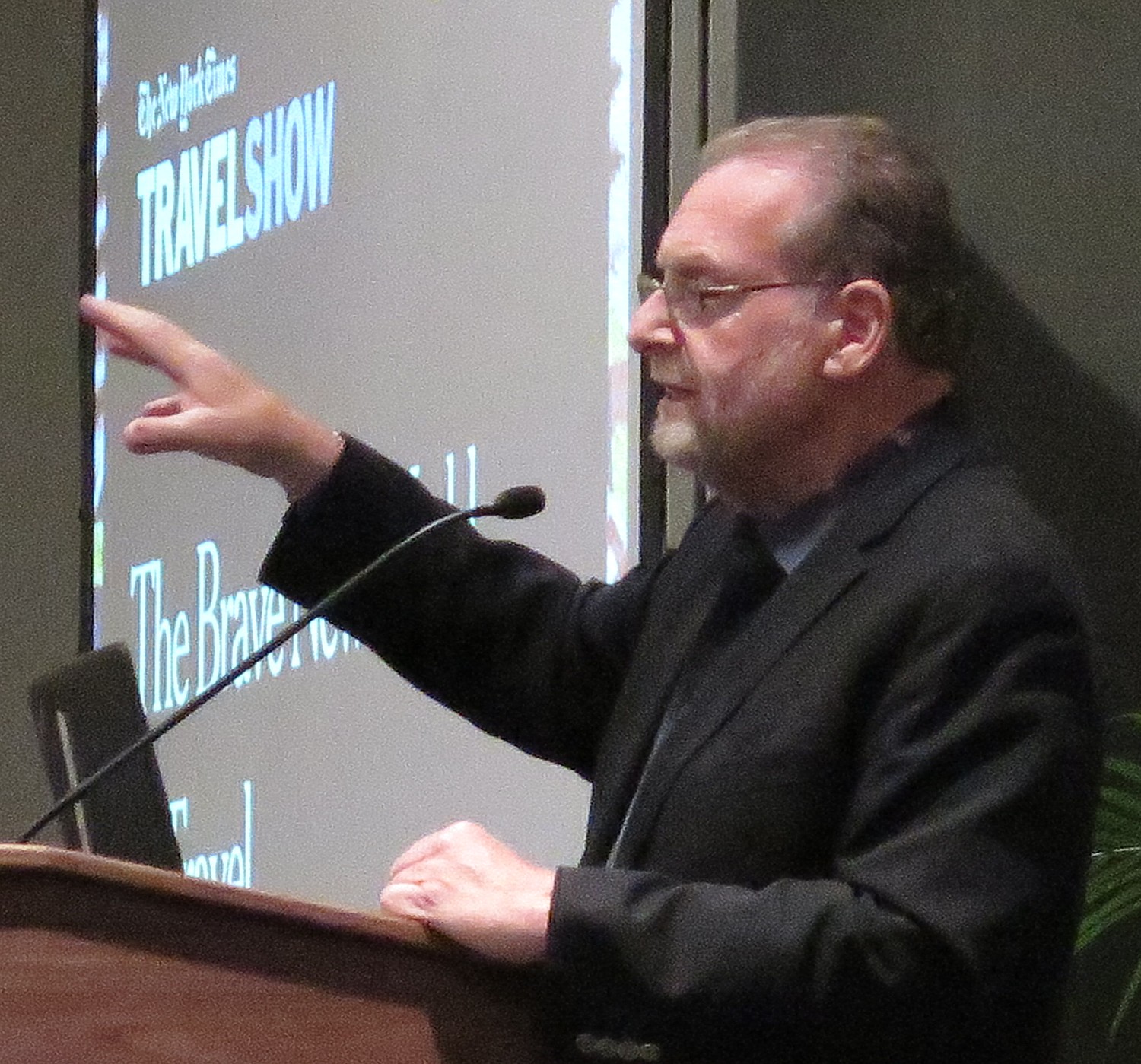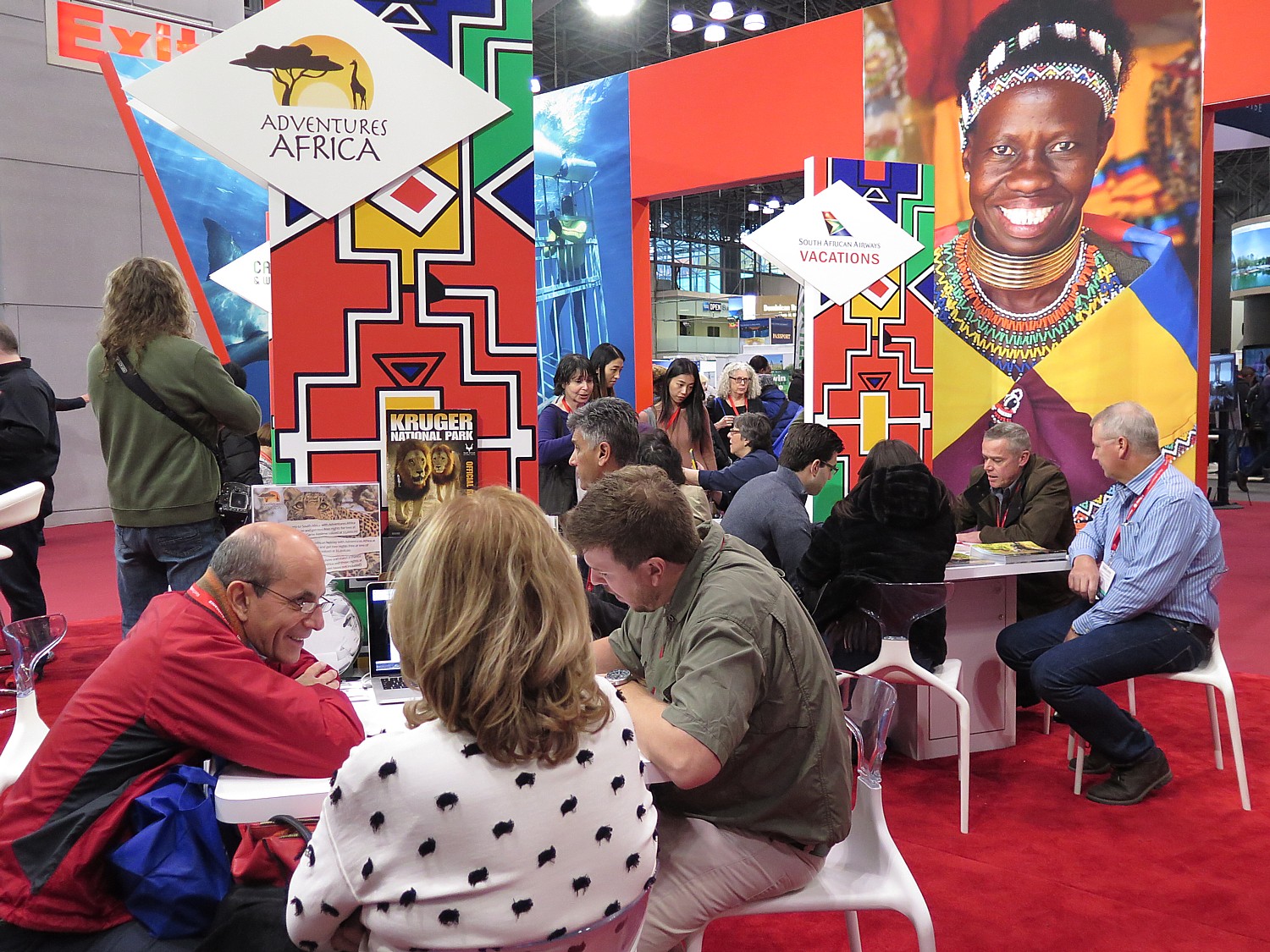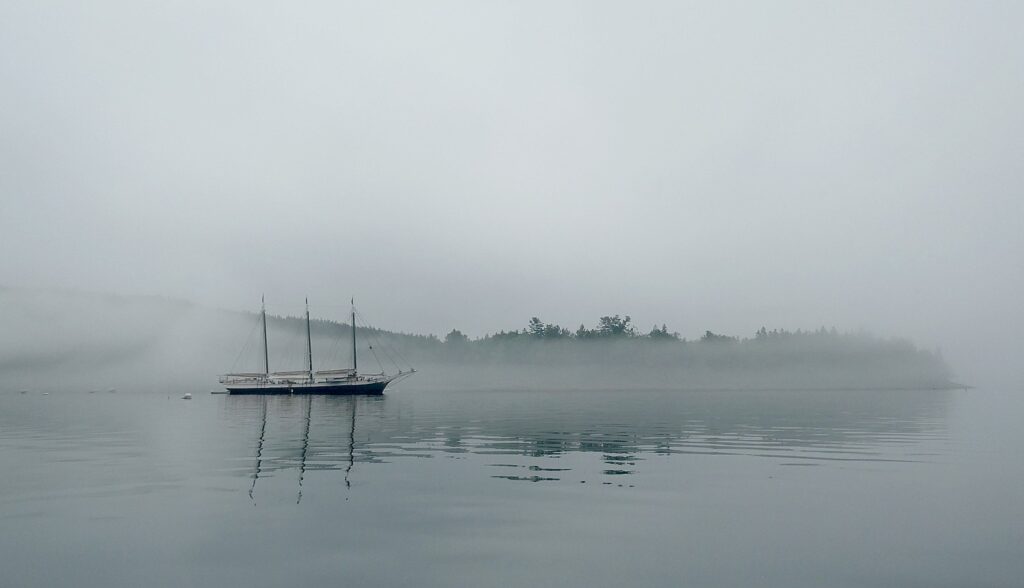
Where to go in 2022 is as much a question of “how to go” and “why to go”.
By Karen Rubin, Travel Features Syndicate, goingplacesfarandnear.com
We can see just how important travel is in our lives – to our wellbeing, our growth, our connections to family and friends, and as literal ambassadors of peace, understanding and shared innovation.We know this from the huge surge that occurred during 2021, after the COVID-19 vaccine opened floodgates to travelers, by making it safe(r) to be out and about. Even during the worst of the pandemic, before a vaccine, people found a way to continue to embrace experiences, drawing upon the infinite possibilities to tailor something that felt right.
It may well be that the Omicron variant, by virtue of just how transmissible but less dangerous (at least for those who are vaccinated and use precautions like masking, social distancing) will help bring about the end of the global coronavirus pandemic, as more people develop immunity. Or not. It may well be that new variants will arise – perhaps progressively less dangerous. Or not. And it is more likely that some form of virus will be endemic and dealing with it will be part of the “new normal” of everyday life. And people will find a way to go on with their lives and have this in mind: life is precious and our time is finite, make the best of every day. And that includes sharing experiences with the ones you hold dear. And top of the list to achieve that is travel.
Where to go in 2022 is as much a question of “how to go” and “why to go”.
I’m thinking that many of the same trends of 2021 will hold in 2022 – a focus on outdoors activities, low-density destinations, open-spaces (national and state parks), bike trips, driveable destinations, RVs and camping.
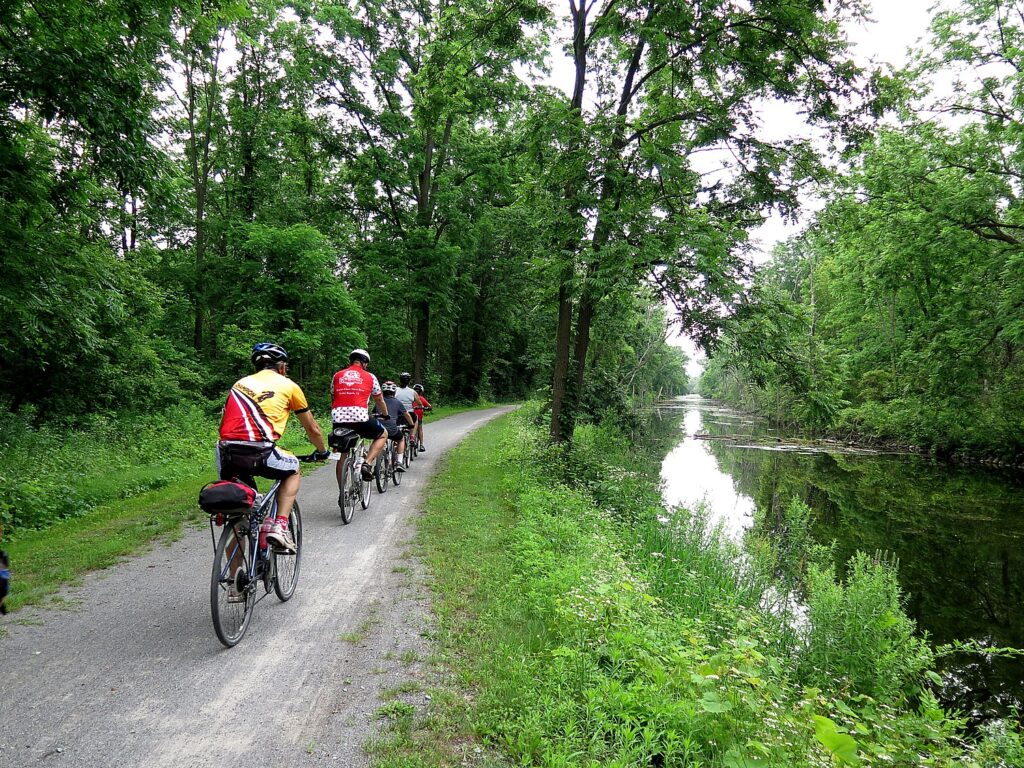
Even if the Omicron variant of COVID-19 abates, as is expected, and is less dangerous than Delta, and travelers are much more likely (even required) to be vaccinated and show a negative test, people will be concerned about whether there is yet another variant around the corner that can break through, whether destinations will impose new restrictions, from mandated quarantines to capacity controls to shutting borders altogether (airlines, tour operators, hotels and the like must continue flexible cancellation policies if they want to stay in business at all). There likely will be the continued need for advance purchase of ticketing, and possibly a return to capacity controls, as well as requirements for masking and social distancing. This will define the new “normal” because the protocols won’t be going away any time soon – certainly not until there are months that go by without a coronavirus outbreak before anyone feels safe enough.
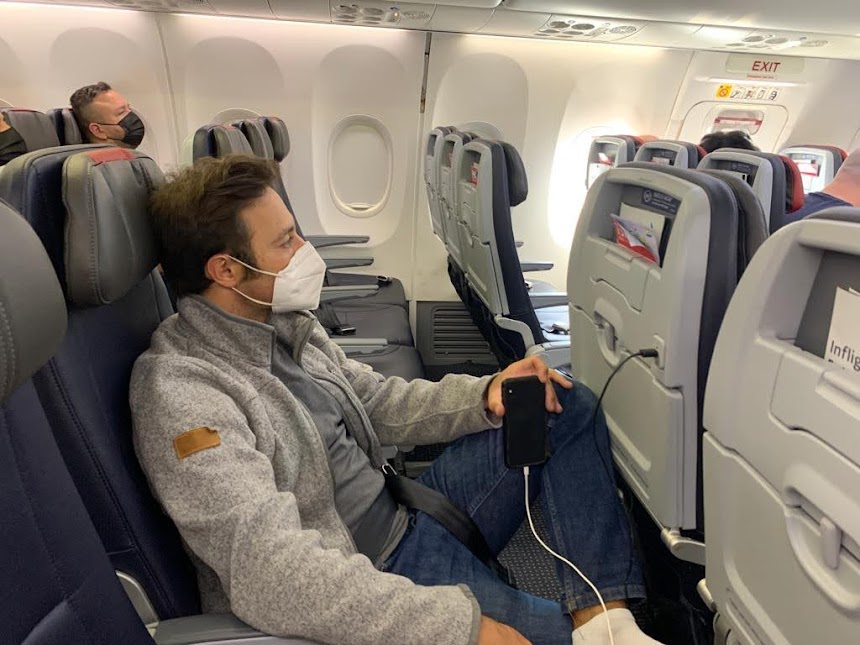
But because there is now widespread vaccinations, masking, and testing will be much more available (and free), people will continue to travel and live their lives. COVID will be “endemic” – embedded in how we live.
And the lure of travel – for all the benefits travel affords in terms of personal growth, renewal, bonding, discovery – will be very strong, even stronger. And where there is a will, there will be a way.
People will opt for travel that does not require a lot of connections (if taking air) or complicated itineraries, will many will seize opportunities to travel last minute because of the changeability of the situation. They will look for flexibility (and ability to cancel or change), and travel styles that give them more control.
Travel companies have already adapted: like G Adventures (gadventures.com), with a new “Travel with Confidence” policy; Moab Adventure Center (www.moabadventurecenter.com) and its parent, Western River Expeditions, which organize customized small-group trips.
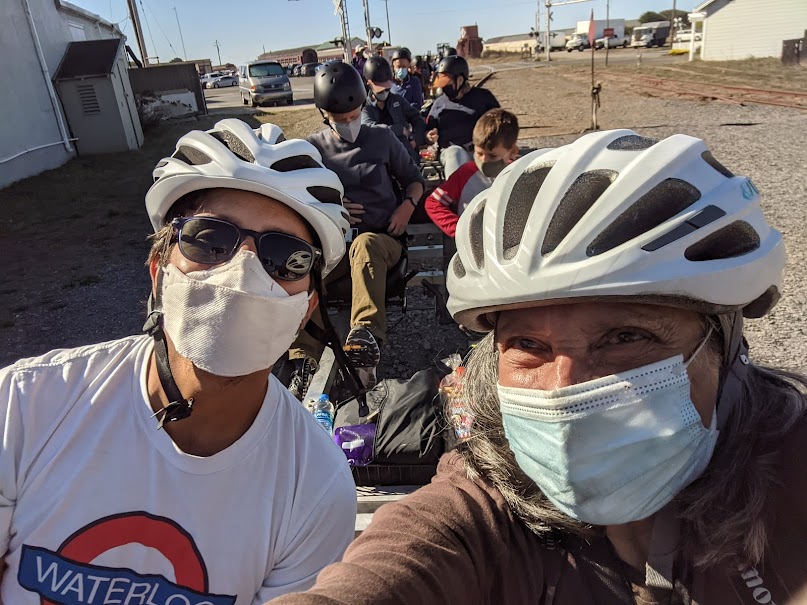
The innovations and adaptations – on airlines, at hotels and resorts, attractions, restaurants – that have already been put into place will be continued, improved, enhanced. Many have actually been very popular improvements.
Indoor attractions may well continue capacity limits, advance purchase and online/touchless ticketing.
A concern for health and wellness will likely overhang travel planning. People should be monitoring CDC and WTO health reports and State department – not just on infection rates, but what destinations, travel suppliers, hotels, restaurants are doing to take COVID-19 health protocols seriously. Use your own protocols – the more protective N95 masks, hand-sanitizing. (New: Fend Wellness Sanitizing Hand Wipe Mitts are wearable hand mitt wipes that provide a protective liner between you and all surfaces that come in contact with your hands, available on Amazon and online, fendwellness.com).
For complicated, long-distance and expensive itineraries, use a travel advisor (www.travelsense.org, www.virtuoso.com, ustoa.com, and the new Reco from Tripadvisor (helloreco.com). Try to make plans with flexible cancellations or change policies; use respected and well established tour operators and travel companies which can adapt quickly on the ground and revise itineraries as necessary and even extract you if conditions warrant. If traveling abroad, purchase travel insurance that incorporates health coverage (your domestic health insurance does not provide much coverage; my go-to travel insurance company is worldnomads.com)
Check with State Department (travel.state.gov) and CDC.gov as to conditions. Make sure vaccinations (and cards) are in order (many countries are much more restrictive than the United States). Sign up for the Smart Traveler Enrollment Program (STEP, Step.state.gov), which shares your contact information with the nearest U.S. embassy and sends travel alert notifications. The STEP app is worth downloading prior to traveling.
So high on our list for travel in 2022:
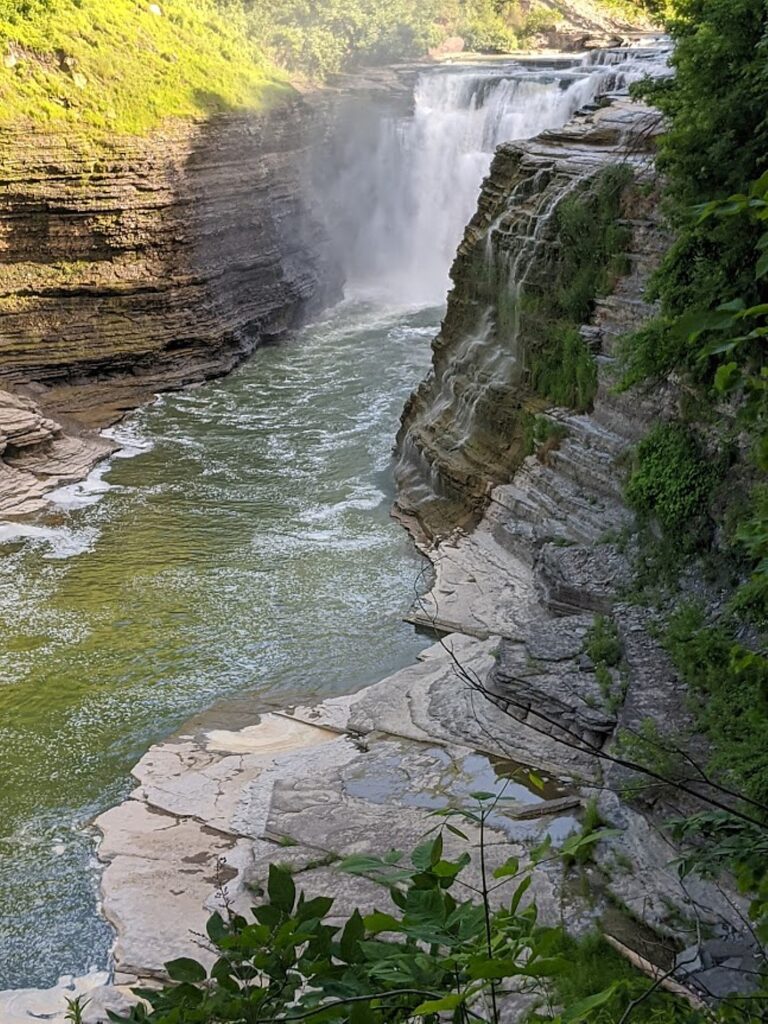
Road Trip!: Continue to discover destinations, experiences within driveable distance, or, for long-distance holidays, revert to the old-school “road trip” and string together destinations in an itinerary that make a loop. An excellent way to do that is to go to historichotels.org because each of these 300 member properties from 44 states, the District of Columbia, the U.S. Virgin Islands, and Puerto Rico, are destinations in their own right. Hotels and resorts are being scrupulous about cleaning and sanitizing and have installed procedures and technology. You can also create your own itineraries using hotels.com (which offers extremely flexible cancellation policy), booking.com, airbnb.com.
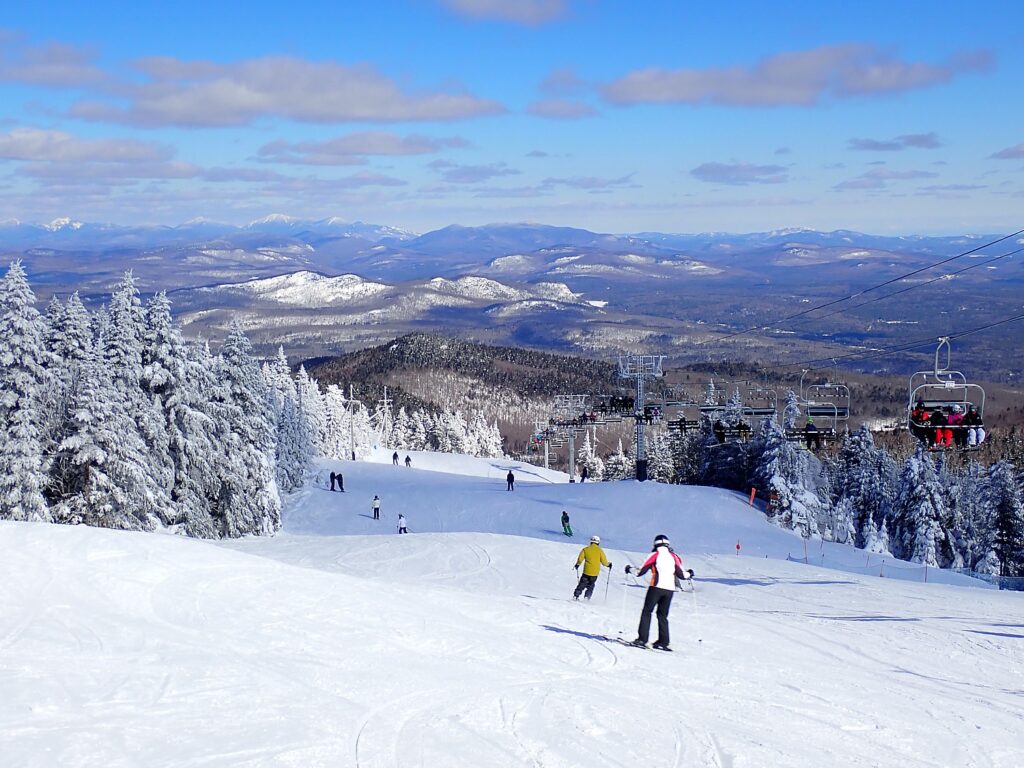
Ski/snowboarding/mountain resorts holidays – More people taking up skiing, snowboarding, snowshoeing, uphilling which are ideal outdoor activities during winter. Fortunately, there are many major ski areas within driving distance. Ski passes like Vail Resorts’ EpicPass and Alterra Mountain Company’s Ikon Pass, which provide access to dozens of destinations, let you really explore. And to help, Alterra just introduced the Ikon Pass Travel, a trip planning service (ikonpass.com/travel).
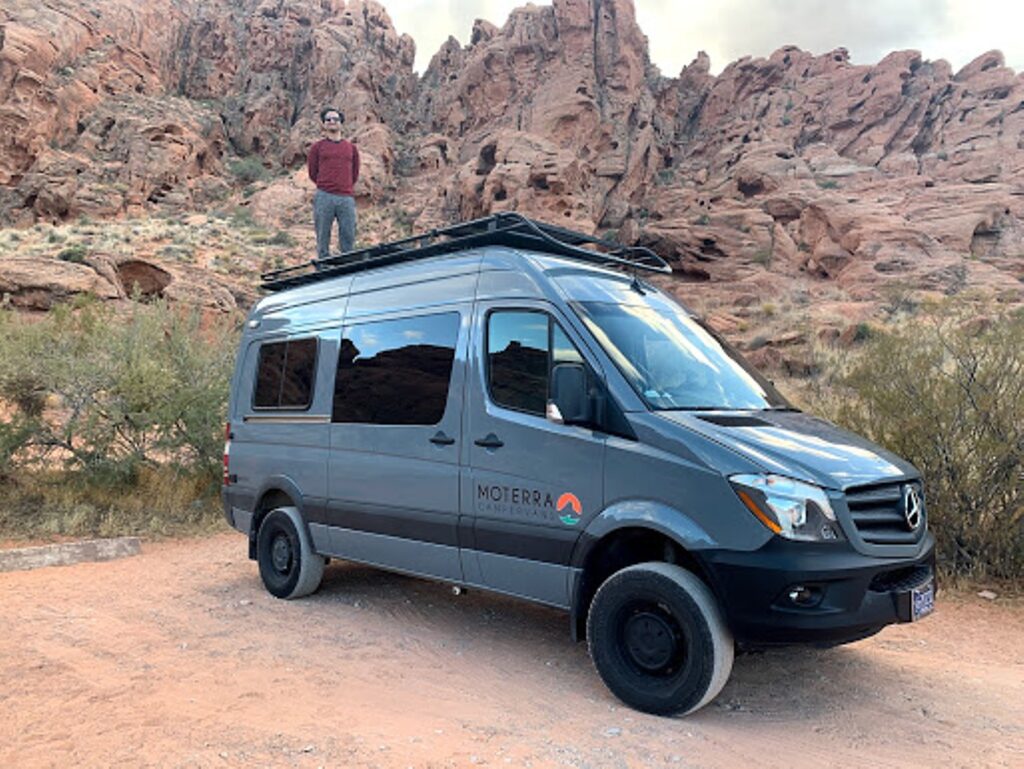
Renting RVs/camper vans will continue – last year was a boom for camper van rental companies like Moterra (307-200-7220, gomoterra.com); Blacksford, offering an all-inclusive RV pricing with unlimited miles, 24-hour roadside assistance and a free annual pass to national parks (www.blacksford.com); and Tracks & Trails markets packaged national park RV vacations, 800-247-0970, www.tracks-trails.com). Another idea: pilot your own canalboat – like an RV on the water – on the Erie Canal (eriecanaladventures.com, 315-986-3011).
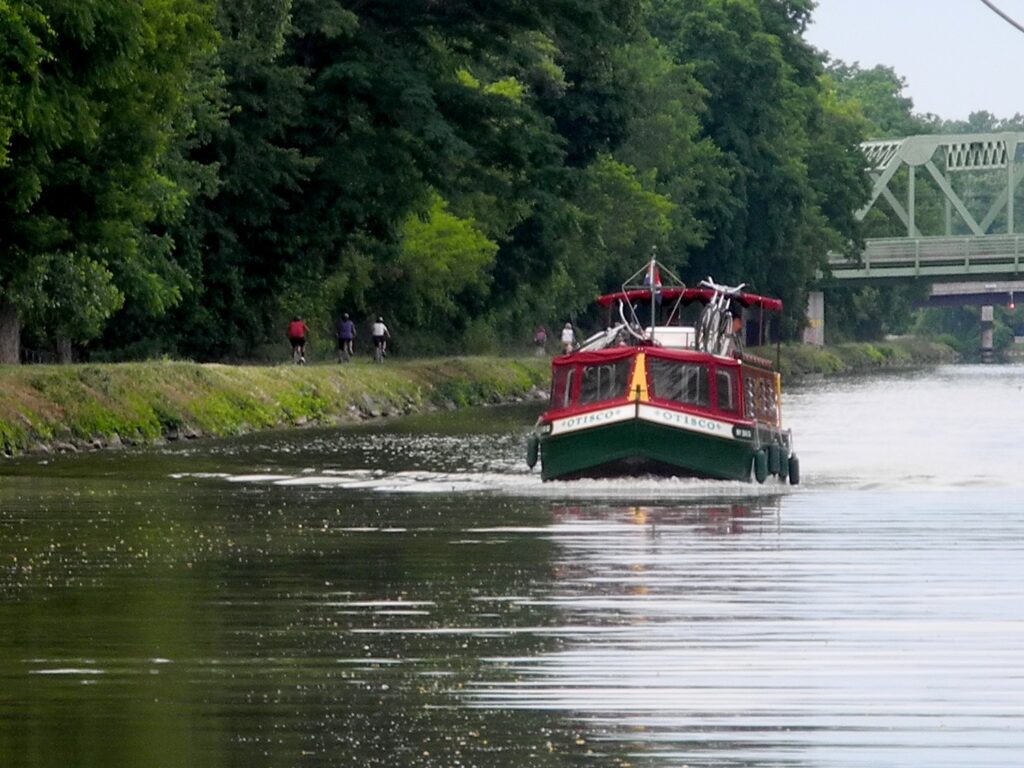
And while big cruiseships may be a dubious proposition, small ships like Blount (blountsmallshipadventures.com, 800-556-7450) and riverboats like CroisiEurope (croisieurope.com, 800-768-7232), and historic sailboats like the Maine Windjammers (800-807-WIND, www.sailmainecoast.com) will be desirable ways to keep sailing.
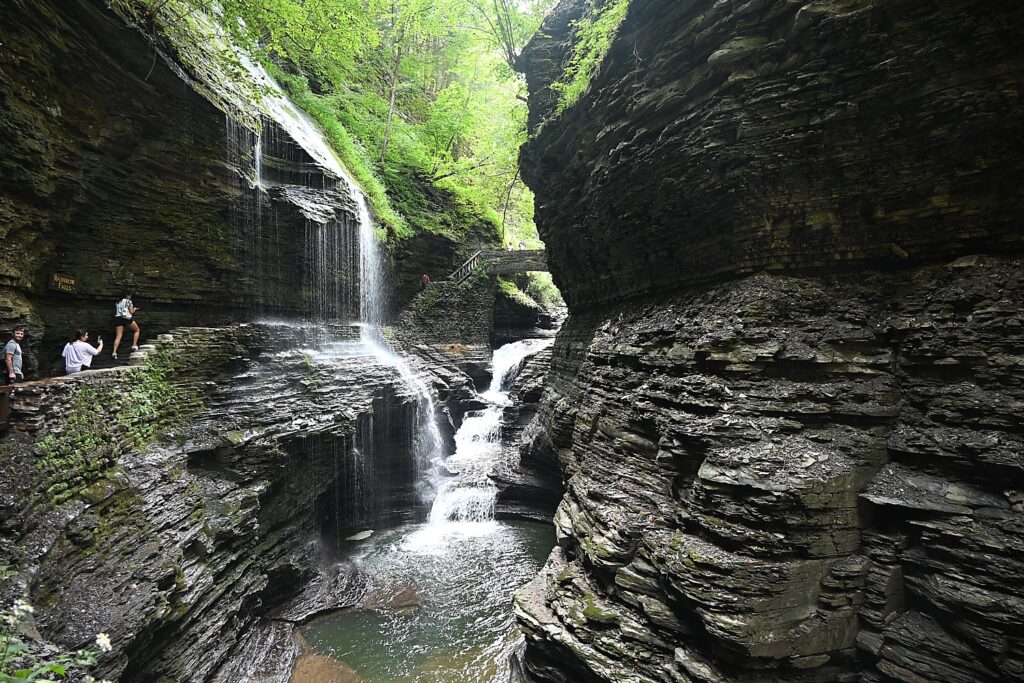
Camping/glamping –Check out New York State campgrounds in state parks like Watkins Glen and Letchworth State Park; book at 800-456-CAMP, newyorkstateparks.reserveamerica.com). Last year, New York expanded glamping/camping opportunities along its picturesque canals through Tentrr (tentrr.com/nysp). To find private campgrounds, visit Campground Owners of New York, 585-586-4360, campnewyork.com, and Kampgrounds of America (our favorite: Herkimer Diamond Mines KOA, Herkimer, NY (315-891-7355, www.herkimerdiamond.com). If California is your destination, visit www.camp-california.com.
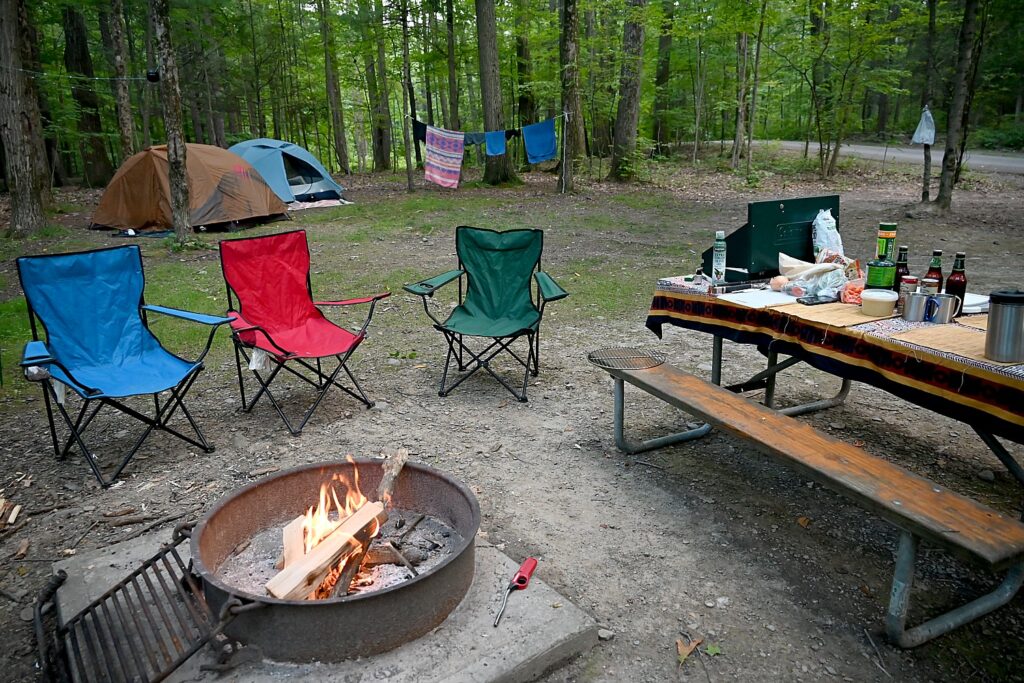
And nationally: Kampgrounds of America (koa.com); Yogi Bear’s Jellystone Park™ Camp-Resorts with 75 locations throughout North America (pools, water slides, splashgrounds, activities, www.jellystonepark.com); and, internationally, Glamping Hub, with 22,000 locations around the world, from safari tents, yurts, treehouses, to cabins (glampinghub.com); and Pitchup, which has 5344 campgrounds, glamping sites throughout the Americas, Europe (www.pitchup.com)
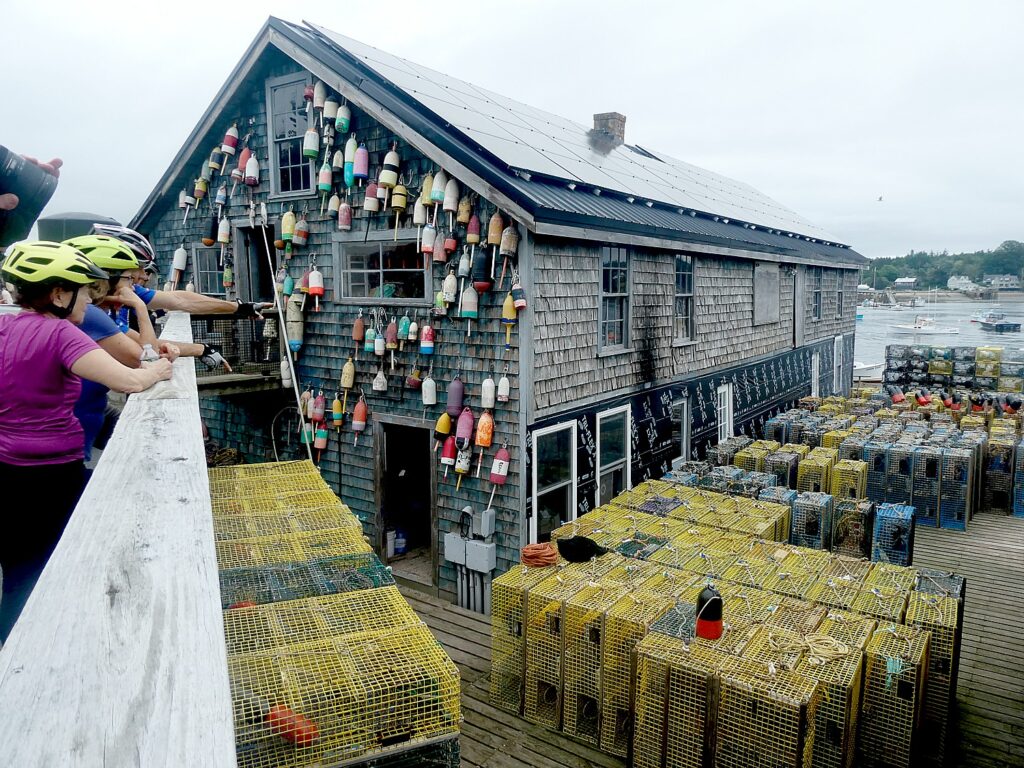
Bike tours are among our favorite modes of travel – a perfect pace and immersion into surroundings with scenic and important heritage routes, that are offered as inn-to-inn, bike/boat tours, or as bike/camping trips, and as guided tours or self-guided. Among our favorite bike tour companies: Bike Tours (biketours.com), Wilderness Voyageurs (855-550-7705, Wilderness-Voyageurs.com), Discovery Bicycle Tours, which has a new Vermont Gravel biking/camping trip (800-257-2226, discoverybicycletours.com). Also, Parks & Trails NY is back with its 24th Cycle the Erie Canal, eight-day, 400-mile biking/camping trip, from Buffalo to Albany, (July 10-17); registration has just opened (https://www.ptny.org/cycle-the-erie-canal/annual-bike-tour)
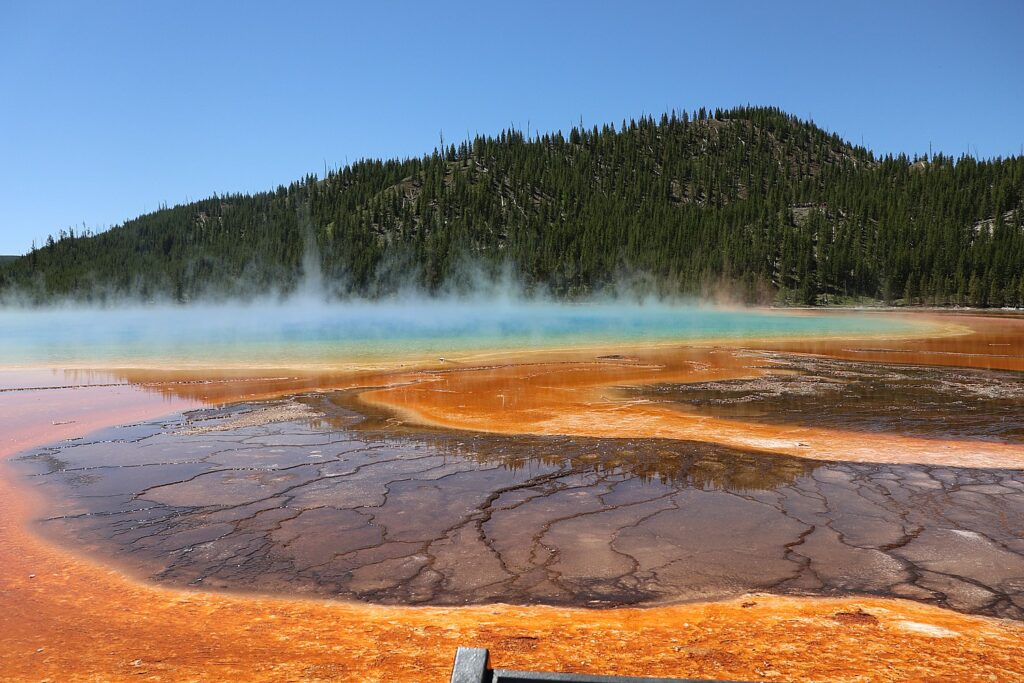
Visits to national and state parks will again be popular this year. There are tour operators that have organized tours, and you can do what we did last year, go to AirBnB, hotels.com and booking.com to get availability, but there are two companies that dominate in-park lodging: Xanterra (xanterra.com) and Delaware North (delawarenorth.com)

Delaware North last year implemented its Rest Assured Commitment to Care comprehensive health and safety program at the lodging properties it operates, including re-engineered operating procedures to minimize contact risk and bolstered hygiene protocols aligned with guidelines of the U.S. Centers for Disease Control and Prevention (CDC). Delaware North Parks and Resorts operates lodging in and near many iconic national and state parks, including Grand Canyon, Yellowstone, Shenandoah, Sequoia & Kings Canyon and Olympic National Parks and Niagara Falls State Park, as well as at cultural attractions such as Kennedy Space Center Visitor Complex (www.delawarenorth.com/divisions/parks).
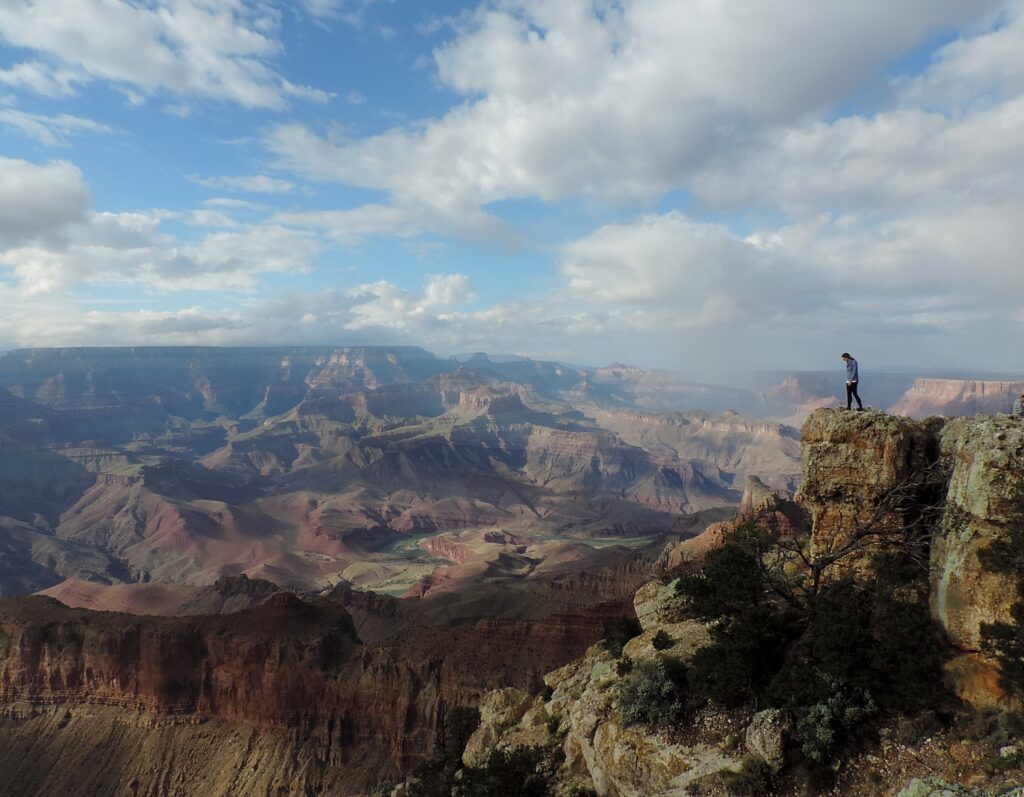
Known for its “Legendary Hospitality with a Softer Footprint,” Xanterra Travel Collection has operations in Grand Canyon, Yellowstone, Zion, Glacier, and Rocky Mountain National Parks, and Mount Rushmore National Memorial. Xanterra Travel Collection also owns and operates the Grand Canyon Railway & Hotel in Williams, Ariz., The Grand Hotel in Tusayan, Ariz., The Oasis at Death Valley in Death Valley Calif., Windstar Cruises, Holiday Vacations, VBT Bicycling and Walking Vacations, and Country Walkers.

Wellness travel – There will be more interest in visiting resorts that cater to wellness (not the same thing as medical tourism), like Canyon Ranch or like the The Inn at Leola Village, Leola, PA, touting its Paid Time Off Wellness Package (theinnatleolavillage.com). The Global Wellness Institute defines wellness tourism as “travel associated with the pursuit of maintaining or enhancing one’s personal wellbeing…an opportunity to maintain and improve our holistic health.” A helpful source is spafinders.com.
Wellness and glamping combine at Picocanoa Rodavento, an eco-lodge in Veracruz, Mexico where thrill seekers can explore the surrounding jungle-clad hills by whitewater rafting, mountain biking, rock climbing and even zipping across the canyon and colorful treetops. The glamping site offers traditional wellness treatments, including a traditional Mayan temazcal prehispanico steam bath, as well as an outdoor pool and bar surrounded by lush greenery, a campfire for enjoying traditional batucada drum parties and safari tents and cabins that travelers can book for $98/night on outdoor accommodation website.

Beach and golf resorts that afford lots of space, uncrowded, perhaps with own villas and beachfront will be in high demand. Many Caribbean and Mexican resorts, for example, are emphasizing their COVID-19 protocols and healthful ambiance. Club Med, a pioneer of the all-inclusive concept, for example, is touting its spacious low-density resorts surrounded by nature, spread across 50 acres, operating at a limited capacity, its enhanced safety and hygiene protocols, free onsite antigen testing, and free cancellation policy, as well as unlimited culinary options, and inclusive activities from skiing and snowboarding to standup paddle boarding and snorkeling and family activity programs (www.clubmed.us, 800-Club-Med)
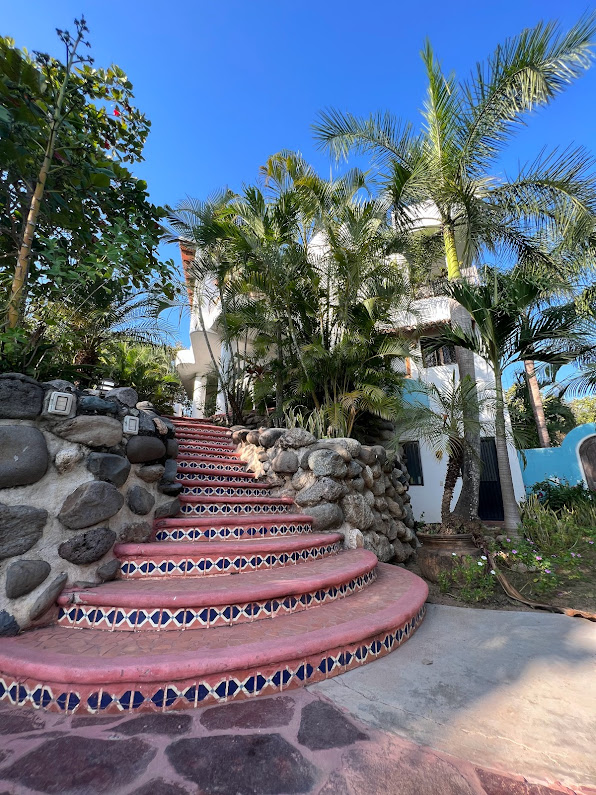
Villa-style vacations, where you have a base to stay and go out from there, offer the advantage of being stand-alone. Many resorts offer villa accommodations, like Banyan Tree Mayakoba, an all-villa five-star eco resort on Mexico’s Riviera Maya (banyantree.com); also the Altamer Resort, Anguilla (altamer.com). Sources include villasofdistinction.com, thetopvillas.com, vrbo.com, airbnb.com/villas, exclusiveresorts.com.
Dude Ranches check off all the items on our list for being outside, inclusive and pure fun. New York State has a surprising number of these delightful venues. Among our favorites: Pine Ridge Dude Ranch (866-600-0859, www.pineridgeduderanch.com); Ridin’ Hy (518-494-2742, www.ridinhy.com); and the ever-popular Rocking Horse Ranch (877-605-6062, www.rockinghorseranch.com).
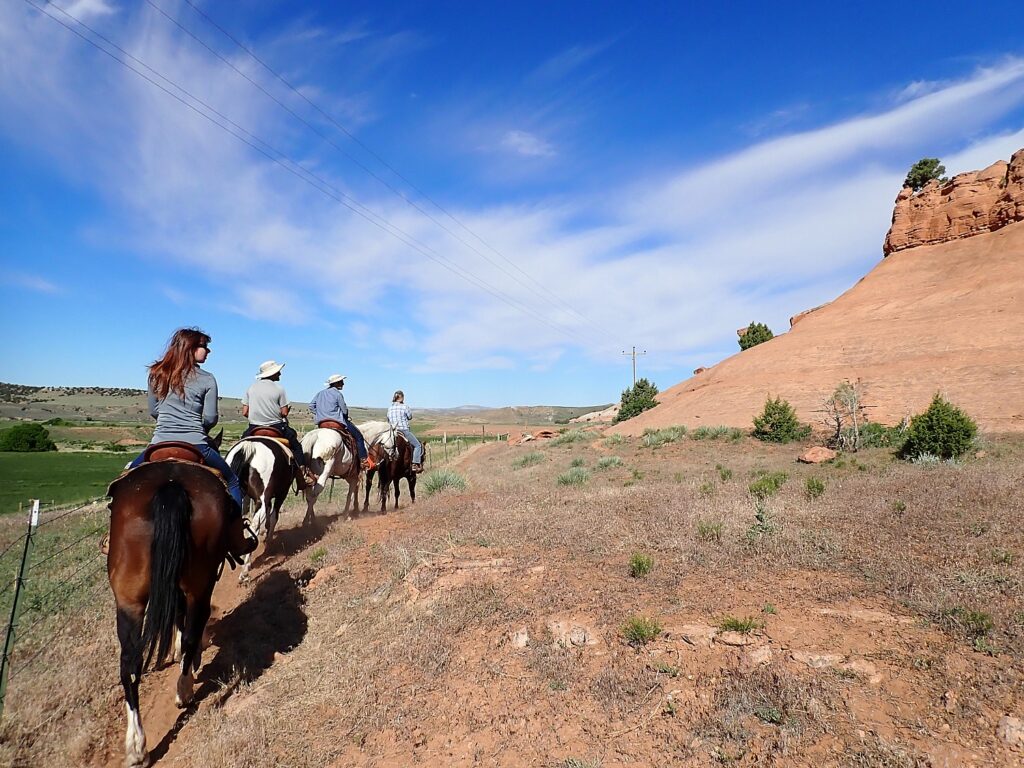
Want the real West? Dude Ranch Association, with 100 members across the western United States and Canada, each entirely different from one another, can help you choose where to go (307-587-2339 duderanch.org); another source is the Colorado Dude Ranch Association (866-942-3472, coloradoranch.org).
More focus on experiential and purposeful travel – those bucketlist experiences that resonate at a fundamental level with one’s being, the experiences that are important enough to risk going outside one’s comfort zone. It could be anything: hiking/camping trip to Machu Picchu (alpacaexpeditions.com); wildlife safari in Kenya (EF Go Ahead experts navigate travel and health and safety guidelines and plan fully refundable trips with no change fees, 800, 590-1161, www.goaheadtours.com); a voyage to Antarctica (atlasoceanvoyages.com, 844-44-ATLAS) or a cooking class in Paris (cooknwithclass.com).
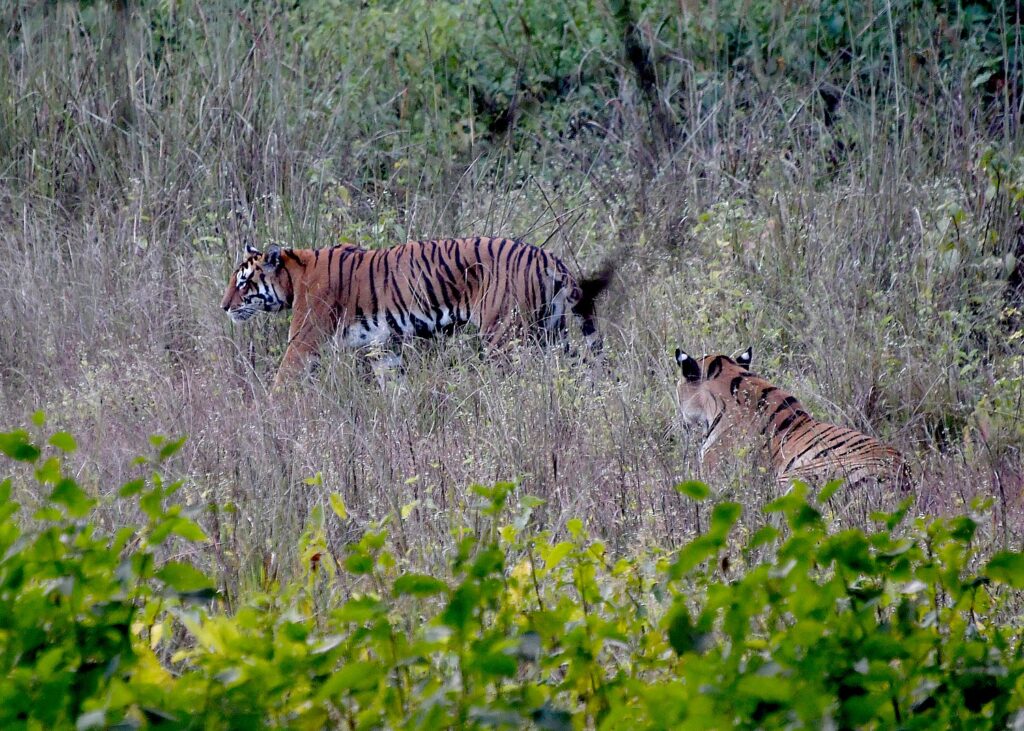
A corollary of this is more focus on sustainable, responsible tourism and ecotourism. Even if much of society has become entrenched in “me-me-me” view, people who are travelers tend to have a more open, one-world sensibility, and are sensitive to the need to protect and appreciate environment, heritage, ecology. There is a lot more interest in seeking out travel experiences that immerse you in local cultures and use tourism to bolster local economies in order to sustain local communities and culture, and do as much good in the world as for oneself.
TRIPS by Culture Trip, is touting its “ extremely flexible and generous cancellation plan in place should Covid restrictions change your plans, including rebooking for free up to 48 hours before departure and if TRIPS by Culture Trip cannot change your booking dates, they will refund the booking (culturetrip.com/trips, 678-967-4965).
Even though you may want to hold out to survey the situation, you are best advised to book early because dates will fill, and take advantage of flexible cancellation or rebooking policies. National Plan for Vacation Day is January 25th.
______________________
© 2022 Travel Features Syndicate, a division of Workstyles, Inc. All rights reserved. Visit goingplacesfarandnear.com, www.huffingtonpost.com/author/karen-rubin, and travelwritersmagazine.com/TravelFeaturesSyndicate/. Blogging at goingplacesnearandfar.wordpress.com and moralcompasstravel.info. Send comments or questions to [email protected]. Tweet @TravelFeatures. ‘Like’ us at facebook.com/NewsPhotoFeatures


